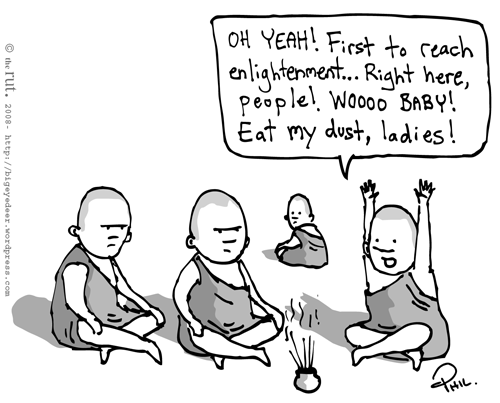The book which has been occupying my interest over the holidays is a autobiographical piece called A House in the Sky. The author is a Canadian writer, Amanda Lindhout, who was very much in the news a few years ago when she was kidnapped and held for ransom for over a year by some petty bandits in Somalia. The book covers her early life in part, but the majority is a description of her time in captivity.
Her writing style is crisp and straightforward, with comments and imagery that complements the story, without turning it into a literary exercise. The writing is never a distraction from the events which are gripping, terrifying and, at times shocking. One could not say whether she was always as insightful and honest as the character presented in the book. My guess is the experience cultivated this self-awareness far beyond the levels anyone would expect in normal life.
The story is fascinating at a number of levels. For an understanding of the tragic political and social environment of Africa her narrative describes, in detail, the horror and desperation experienced by the people of Somalia, which can easily stand in for most of the other struggling nations of that continent. As a travel book, this is, no doubt, a cautionary tale for those who would set off with romance in their minds and little understanding of the current political situation in their destinations. What moved me very much in the reading has been her spiritual journey. From someone who, like most Western travellers, lacks much of a commitment to any religious tradition, we witness the writer coming to terms with all of the most crucial religious issues in human life. She investigates Islam, partly as a survival strategy, and learns how she can respect much of the mainstream message. She clearly understands the distortions that rule her captors' minds, but this does not deny her an understanding of civilians outside of her prison. She describes a number of incidents that relate somewhat or considerably to practices of both mindfulness and broader meditation. Some of the moments of insight and strength represent familiar experiences for long time meditators. Her description of near death awareness and a profound compassion for her captors situations are among the most moving of the entire book. All in all, a highly recommended read. Apparently, and not surprisingly, there is a film adaptation on the way. There are also several disturbing news video of Lindhout, from that time, on YouTube.
in the Dharma,
Innen






